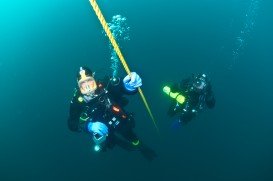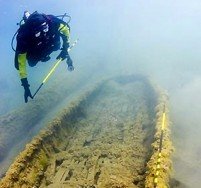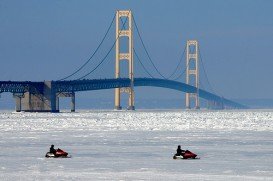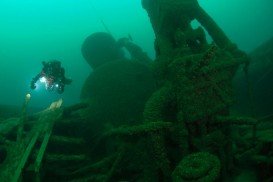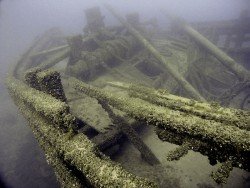
Martin Stalker wreck, Lake Huron
Lake Huron is the third largest freshwater lake on Earth. Its lake shore is 3827 mi/ 6159 km long and the average depth is 195 ft/ 59.4 m. Lake Huron and Lake Michigan have the same surface elevation and are technically a single lake. The Straits of Mackinac connects Lake Michigan and Lake Huron. Many ships have sunk in the Straits, due to storms over the past years, some of them yet to be found. The Straits of Mackinac Underwater Preserve tries to preserve Michigan’s shipwrecks. The preserve contains more than thirteen recognized shipwrecks. One of them is the Martin Stalker.

